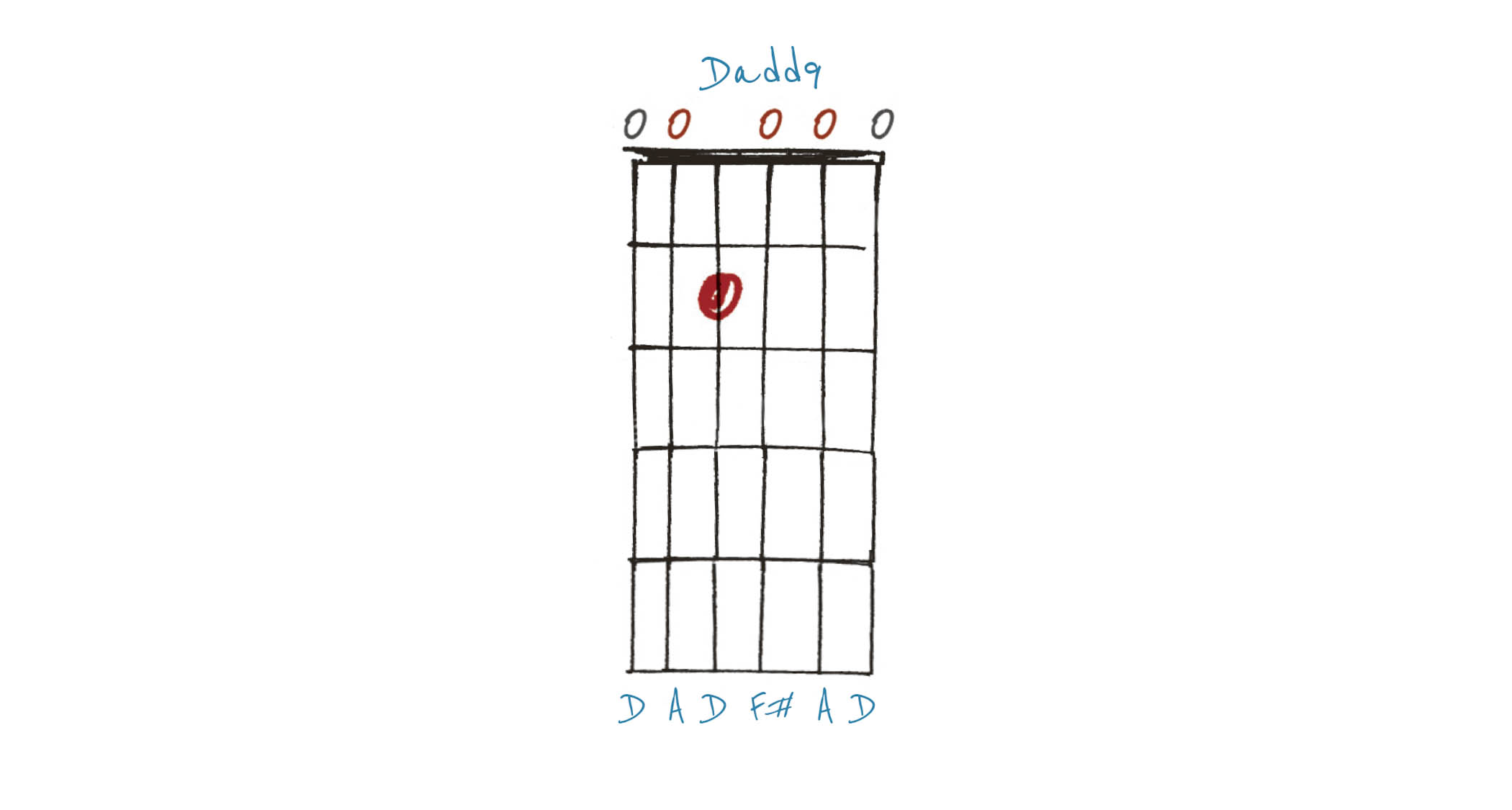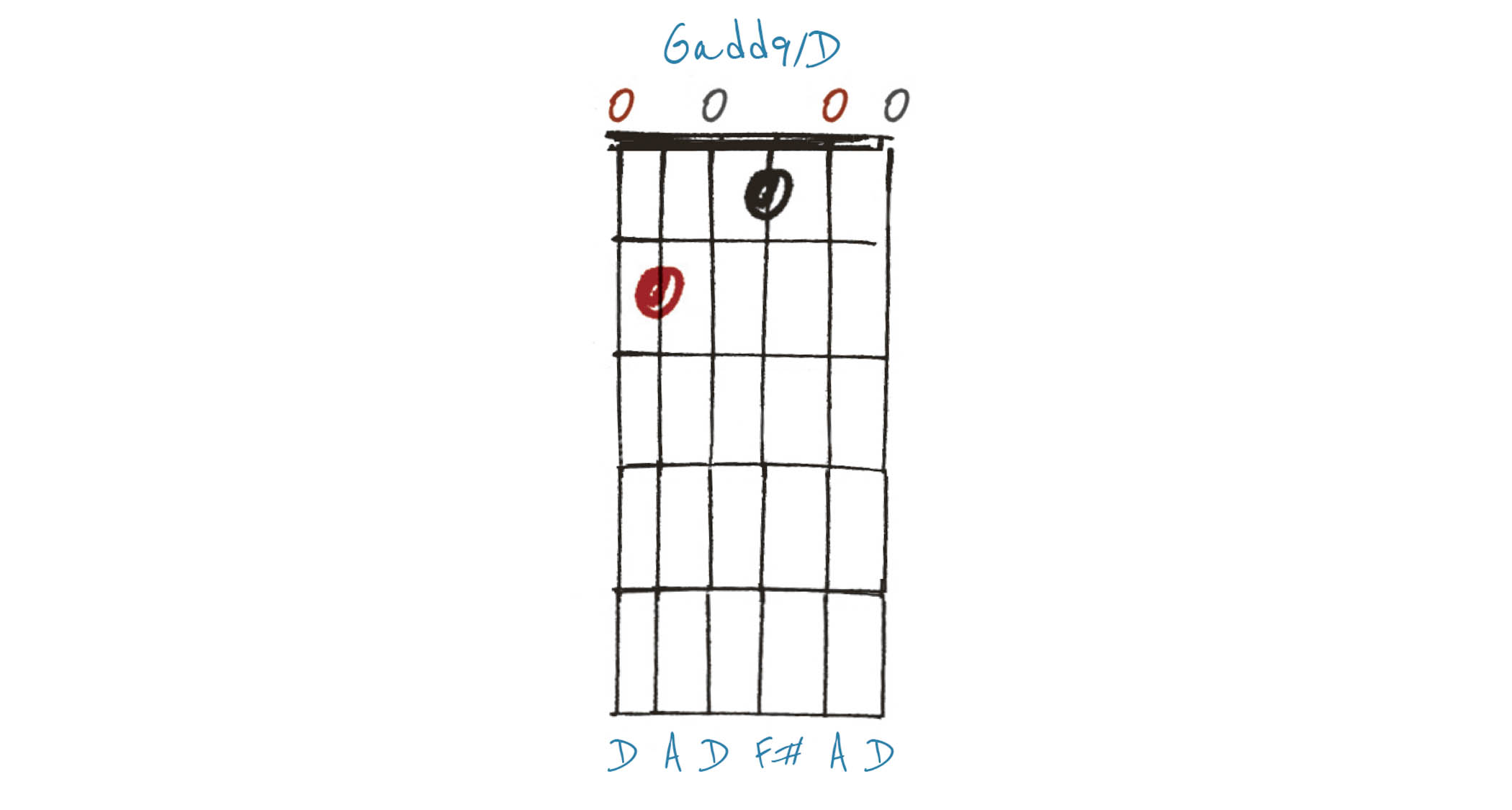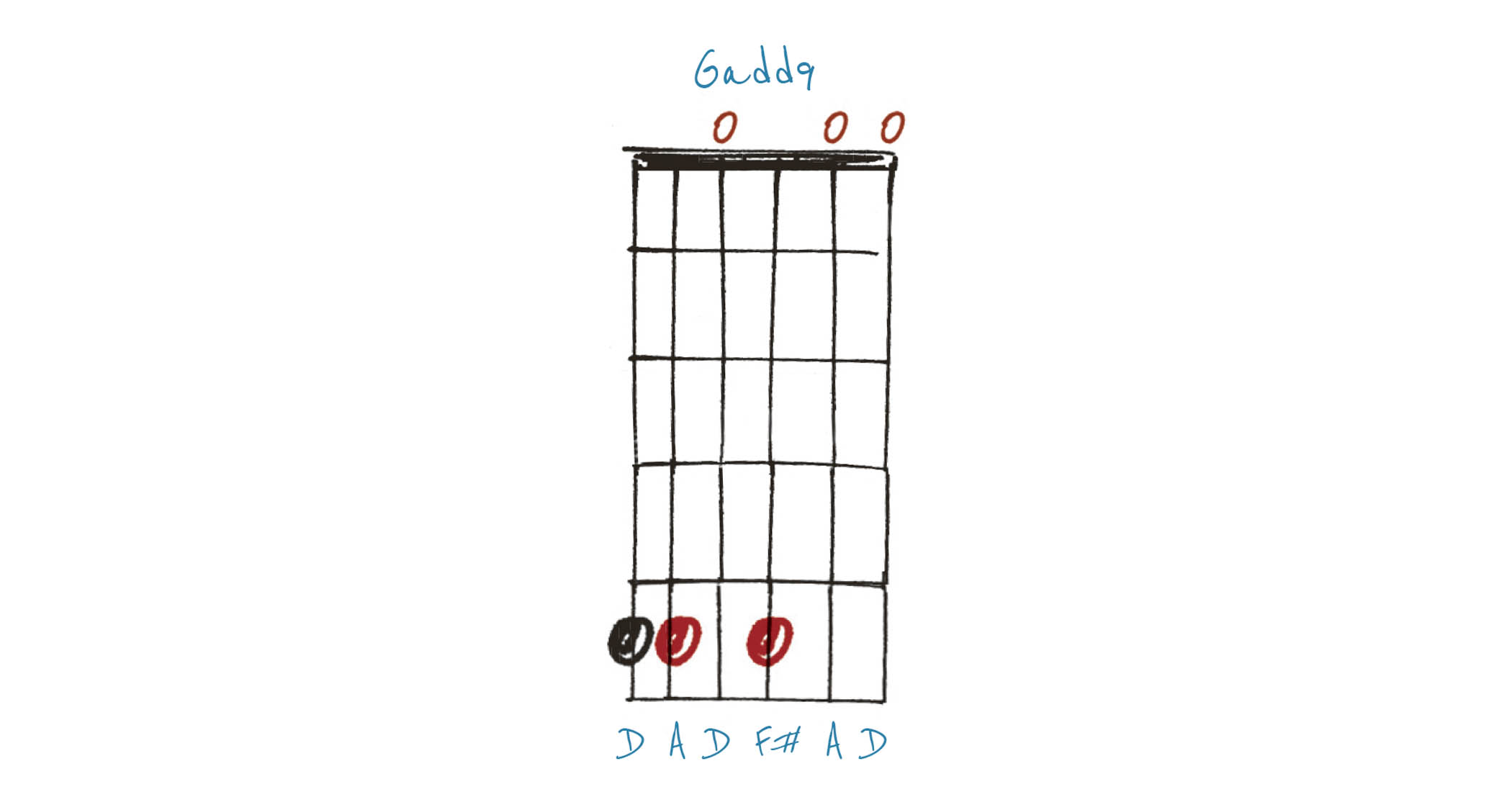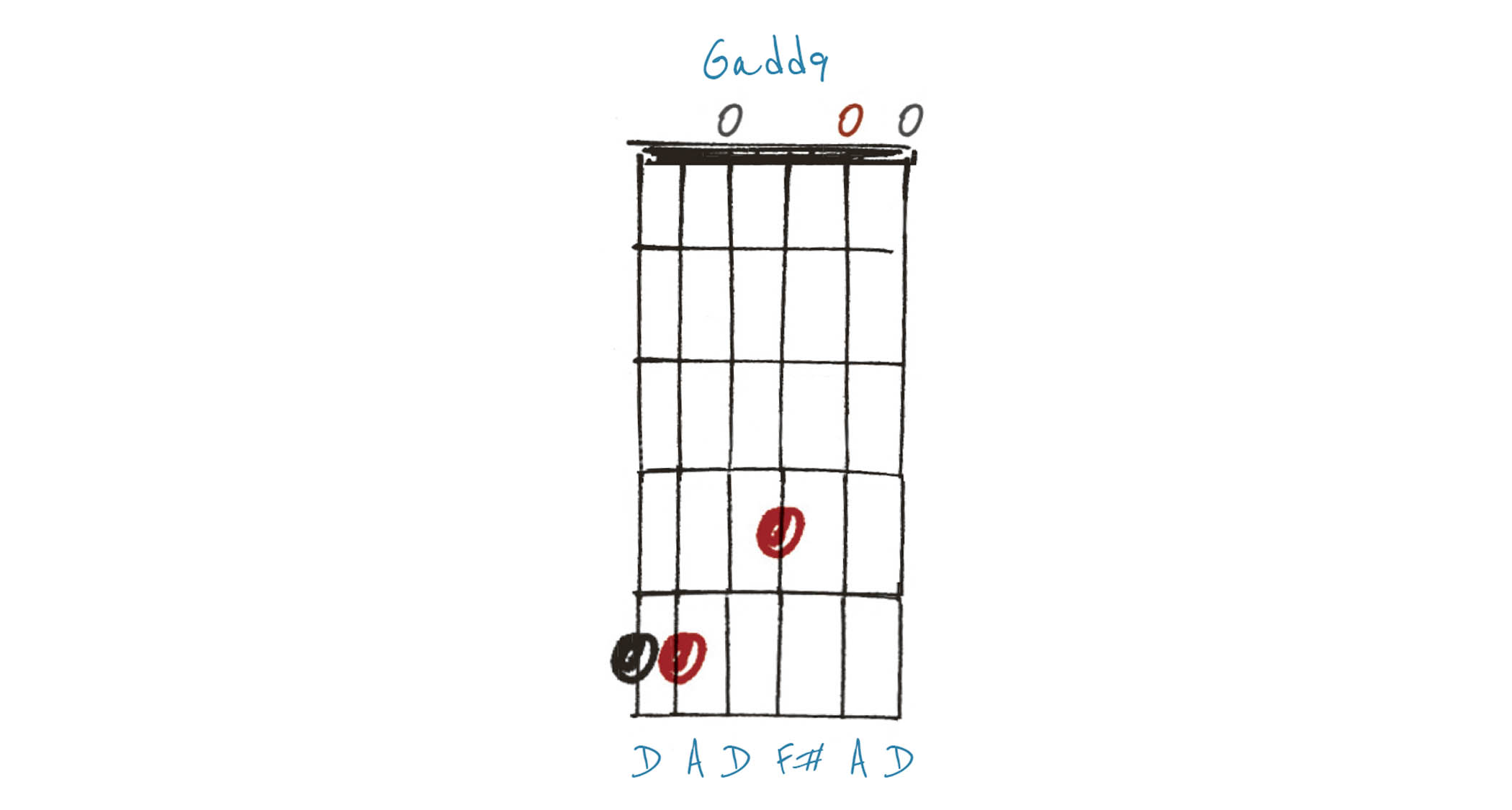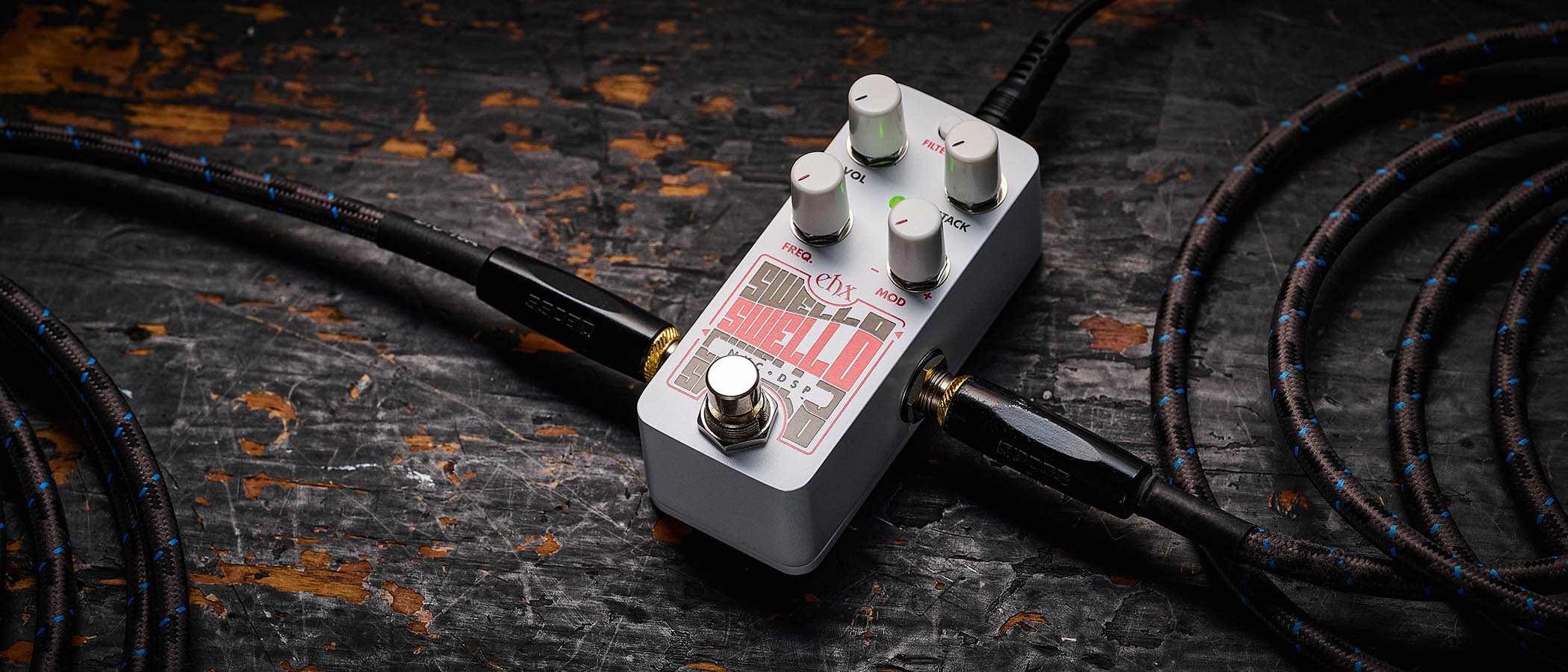“Create wide-ranging, piano-style chord voicings that aren’t available in regular tuning”: Loved by Joni Mitchell and Keith Richards alike, essential to slide players, here’s how you can explore chords in open D
These 5 shapes showcase the range of acoustic sounds and textures this open tuning grants access to

Open tunings are very popular with slide players as they offer the facility of playing triads with one finger (or slide), giving convenient groups of notes with which to build licks and patterns.
In this way, open tunings differ from ‘alternate’ tunings, which don’t give us an open chord. Either way, open or alternative tunings provide the opportunity to create wide-ranging, piano-style chord voicings that aren’t available to us in regular tuning.
Though they have frequently been used on electric guitar (think Keith Richards and Jimmy Page), open tunings are particularly effective on acoustic guitar (look to Joni Mitchell, Nick Drake, Nick Harper, Jimmy Page and so on).
For this reason, the examples here have been recorded on acoustic. They’re designed to give a useful vocabulary of major and minor chords, mostly featuring a mix of open and fretted strings.
However, there are many more chord shapes hidden away in this open D tuning – and don’t forget you can move shapes around for some nice surprises.
Example 1. Dadd9
This Dadd9 is simplicity itself – the only way to get simpler is to play all the open strings for a D major chord.
As with all the examples here, do experiment with moving shapes/notes around. Random is fine, that’s how the happy accidents happen, as well as learning what’s available to you in this tuning.
All the latest guitar news, interviews, lessons, reviews, deals and more, direct to your inbox!
Example 2. Dm7
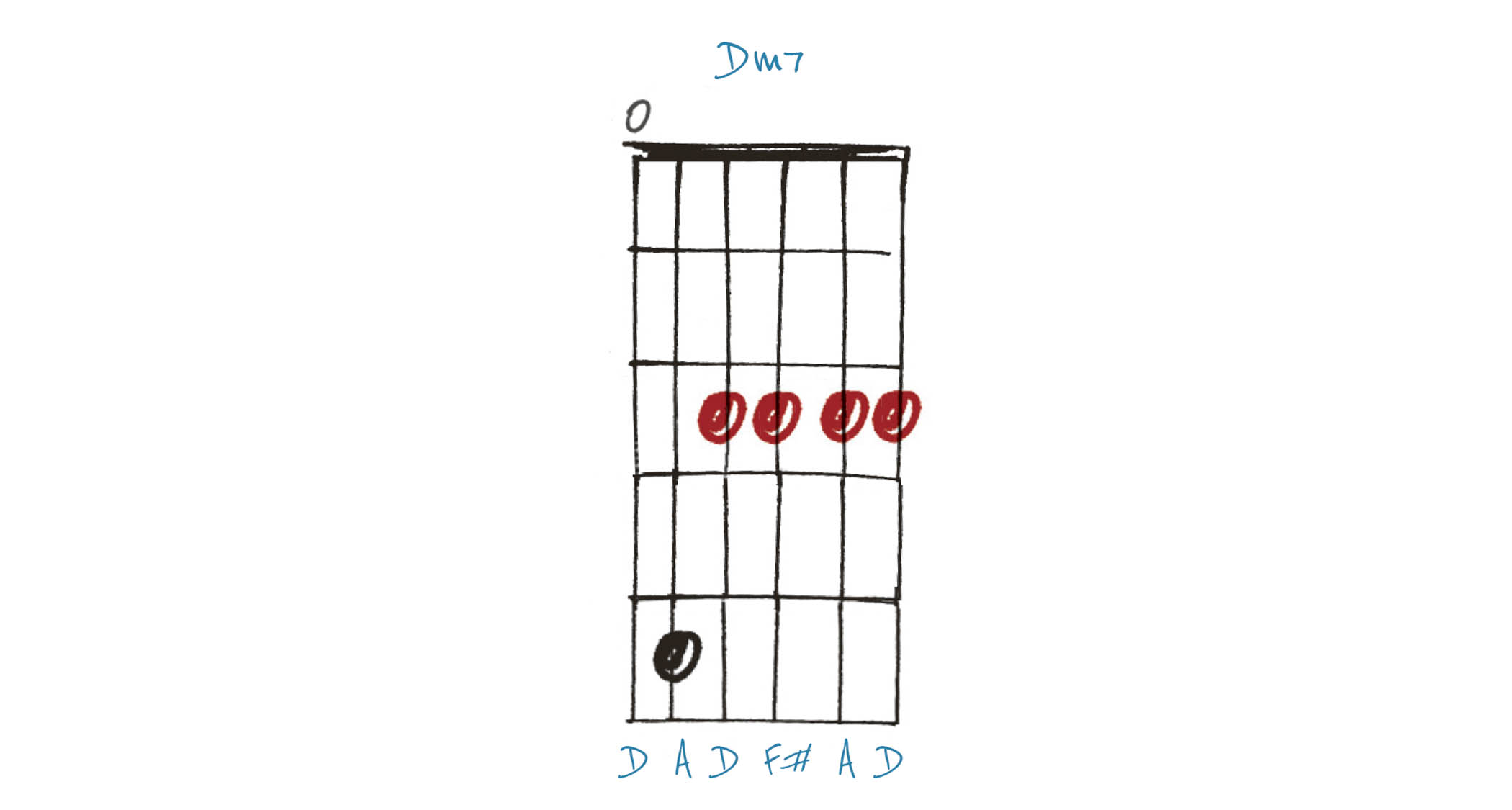
Apart from the open low D, this Dm7 chord is movable to any key; it just seemed to make sense to use that open root note as it was there. Having said that, you might want to try keeping the low D and moving the rest of the chord around for some interesting slash chords.
Example 3. Gadd9/D
Here’s a nice Joni Mitchell style Gadd9/D, using the shape that would give us E7 in standard tuning. This is a great example of the complex-sounding voicings that can be created with a minimum of effort using open/alternative tunings. Try moving this around for some nice variations on the theme.
Example 4. Gadd9
This Gadd9 doubles up on D, with the 5th fret of the fifth string and the open fourth string sounding in unison, for a touch of chorusing.
This is another shape that can be used elsewhere – though, of course, the changing relationships/intervals between the fretted and open strings will give a variety of names!
Example 5. Gadd9
This is the same as Example 4 but with a b3 (Bb) on the 4th fret of the third string. Having this string tuned down to F# can take some getting used to, but it’s also a really good way of avoiding unconscious patterns and approaching shapes with an open mind. Once again, don’t forget to check if this can work in other positions.
- This article first appeared in Guitarist. Subscribe and save.
As well as a longtime contributor to Guitarist and Guitar Techniques, Richard is Tony Hadley’s longstanding guitarist, and has worked with everyone from Roger Daltrey to Ronan Keating.
You must confirm your public display name before commenting
Please logout and then login again, you will then be prompted to enter your display name.
